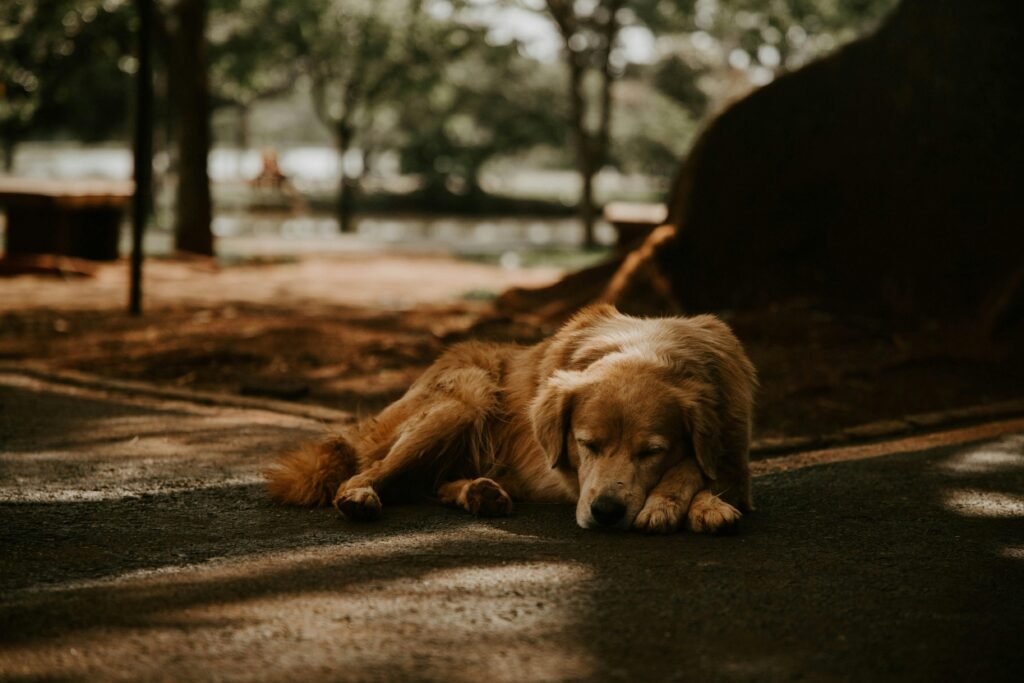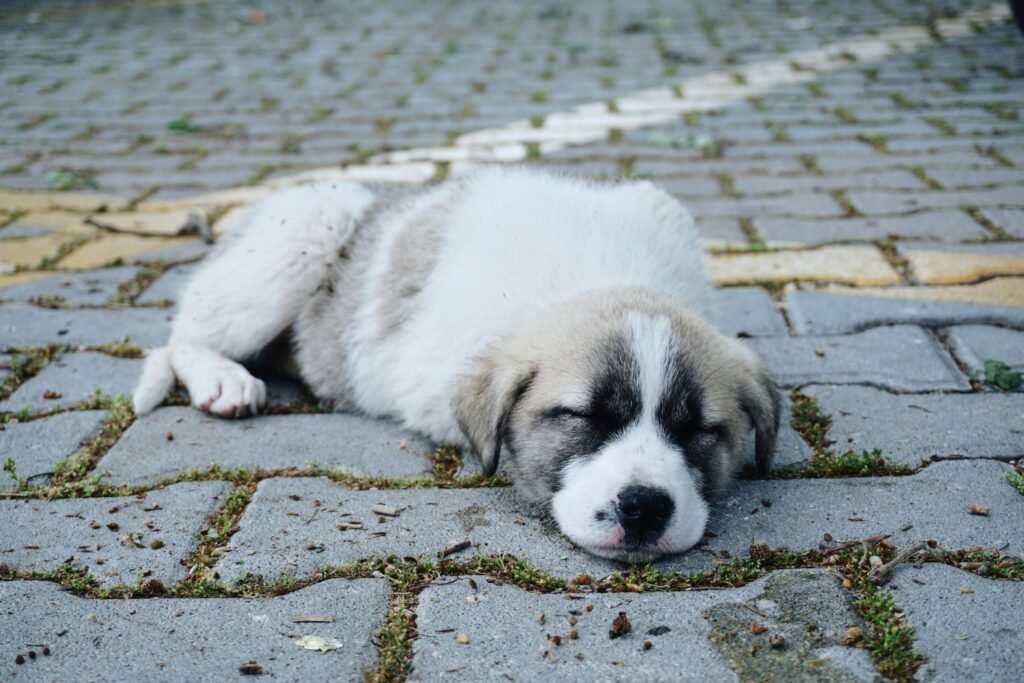Introduction
Ever surprise why your canine sleeps in extraordinary positions or appears to dream in the course of their nap? Dogs, like human beings, have particular napping behavior fashioned via way of means of their biology, surroundings, and instinctual behaviors. Understanding how puppies sleep presents perception into their fitness, emotions, and general well-being. This manual delves into the captivating international of dog sleep, from their sleep cycles to the importance in their drowsing positions.
The Canine Sleep Cycle
Dogs enjoy sleep in stages, much like human beings. These cycles are divided into:
Slow-Wave Sleep (SWS)
During this stage, your canine rests deeply, however their frame stays noticeably alert. SWS enables with bodily recovery, making it important for energetic puppies.
Rapid Eye Movement (REM) Sleep
This is the dream stage. Your canine would possibly twitch, circulate their paws, or maybe whine as they “chase squirrels” of their dreams. REM sleep is vital for intellectual rejuvenation and reminiscence consolidation.
Dogs commonly spend approximately 10-12% in their sleep in REM, as compared to human beings who spend 20-25%.
How Much Do Dogs Sleep?
On average, puppies sleep 12-14 hours an afternoon, eleven though this varies primarily based totally on elements along with:
Age: Puppies sleep as much as 18-20 hours each day to guide growth, whilst senior puppies relaxation extra to get better strength.
Breed: Large breeds like Saint Bernards and Great Danes have a tendency to snooze longer, whilst smaller, extra energetic breeds like Jack Russells want much less sleep.
Activity Level: Active puppies might also additionally sleep soundly after an afternoon of play, whilst much less energetic pets would possibly nap intermittently.
Common Dog sleeping position

Your canine’s napping role can display plenty approximately their mood, consolation level, and personality.
The Curled-Up Ball
Dogs curl up with their nostril tucked into their tail whilst searching for warm temperature or protection. This is an instinctive role, paying homage to how wild puppies sleep to shield towards predators.
The Side Sleeper
When a canine lies on their aspect with legs stretched out, it indicates rest and agree with of their surroundings. This role lets in for deep sleep.
The Belly Flop (Superman Pose)
Dogs mendacity flat on their stomach with legs prolonged frequently live alert whilst resting. Puppies often undertake this role for short bursts of strength among naps.
The Sprawled Back Sleeper
A canine mendacity on their returned with legs withinside the air feels absolutely secure. This role exposes their maximum susceptible regions and enables them cool down.
Do Dogs Dream?
Yes, puppies dream! During REM sleep, their mind pastime intently resembles that of human beings. Research shows they dream approximately their each day experiences—playing, running, or interacting with their family.
Signs Your Dog Is Dreaming:
Paw moves equivalent to running.
Twitching ears or whiskers.
Soft barking or whining.
If your canine suggests those symptoms and symptoms, they may be possibly taking part in an adventurous dream.
Snoring and Other Noisy Sleep Behaviors

Many puppies snore or grunt whilst napping. This may be everyday, in particular in brachycephalic breeds like Bulldogs or Pugs. However, immoderate loud night breathing would possibly suggest underlying problems like weight problems or breathing problems.
Tip: If loud night breathing turns into common or disrupts their sleep, seek advice from a veterinarian.
Night Owls vs. Early Risers
Dogs are crepuscular, which means they’re obviously extra energetic in the course of sunrise and dusk. However, their sleep styles adapt to their human companions. If you are a night time owl or an early bird, your canine will possibly alter their agenda to in shape yours.
How Environment Affects Dog Sleep
The fine of your canine’s sleep is motivated via way of means of their surroundings.
Comfortable Bedding: Orthopedic beds assist puppies with joint pain, whilst smooth cushions in shape more youthful pups.
Temperature Control: Dogs choose a cool, comfy spot in the course of warm climate and heat areas in winter.
Noise Levels: Quiet, non violent regions inspire uninterrupted relaxation.
When to Be Concerned About Your Dog’s Sleep
While it is everyday for puppies to nap often, positive modifications of their sleep behavior would
possibly suggest fitness concerns:
Excessive Sleeping: Could sign underlying problems like hypothyroidism or depression.
Restlessness or Insomnia: May end result from anxiety, pain, or clinical situations along with cognitive disorder in senior puppies.
Disrupted Sleep Cycles: Watch for symptoms and symptoms of sleep apnea or persistent discomfort.
If you be aware widespread modifications to your canine’s sleep styles, seek advice from your veterinarian for advice.
Conclusion
A canine’s sleep is a window into their fitness and happiness. From their comfy curled-up naps to their adventurous dreams, each component in their sleep gives clues approximately their bodily and emotional state. By growing a cushty surroundings and staying attuned to their behavior, you could make sure your bushy pal receives the restful sleep they want to live energetic, playful, and content. After all, a well-rested canine is a satisfied canine—and their pleasure provides immeasurable fee in your life.

